Lightning Protection in Buildings

Necessity of lightning protection system:
- Lightning is one of nature’s most powerful & destructive phenomena.
- It contains a huge amount of energy (several thousands of Amps)
- It is a short duration ( up to 200 µsec ) but is a real cause of damage & destruction
- Primary effect- Buildings damaged, trees blown, personal injuries and even death
- Secondary effect- Transient overvoltage- damage to electronic system
- It can also cause fire, explosion, chemical release or mechanical disruption within or around a bldg.
Lightning Protection System (LPS)
- The lightning rod (Rod is earthed by one or more conductors)
- The lightning rod with taut wires (stretched above structure)
- Lightning conductor with meshed cage/Faraday cage (numerous down conductors & tape symmetrically placed)
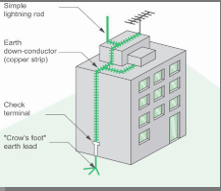


Standards:
- BS 6651
- NFPA 780
- BS-EN/IEC 62305
- In Aug. 2008, BS 6651 has been withdrawn
- Now IEC 62305 & NFPA 780 are the recognised standards for LPS
Elements of a Lightning Protection System (LPS)

- Air Termination System (Arrestor)
- Arranged at or along upper points of a roof
- Used to capture lightning current
- Dissipate it harmlessly to earth
- Material- Copper, Aluminium
- It consists of base, air rods & multiple points
- 25*6 mm Al tape on surface interconnected through clips and clamps (fig. 1 to 3)
- Clamps will ensure a low resistance, corrosion-resistant connection between air termination and down conductors.
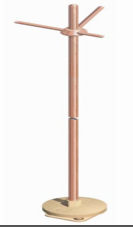
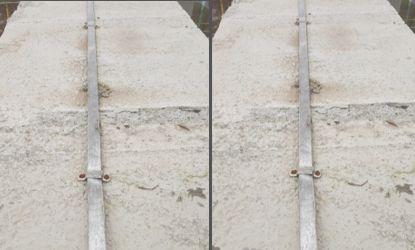
- Down Conductors ( Steel rebar )
- Provides direct route from arrestor to earth
- Greater the no, better the current sharing
- Placed in concrete column (during civil work) or can be bare conductor
- Either copper or steel bars are used
- 2 reinforcement bars of 25 mm dia. Placed in the centre of the column along the periphery
- Rebar to rebar connection-20D to ensure secure connection & proper bonding
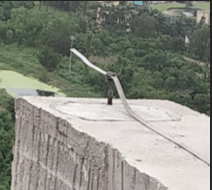

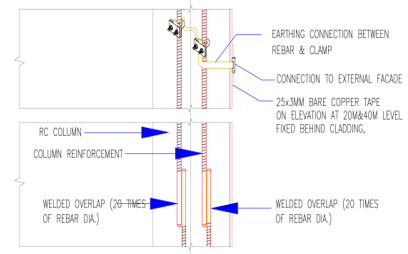
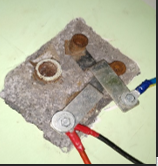
Fig 1 shows Test links- Periodic disconnection & testing of the earth termination system
- Earth Termination system ( Earthing )
- Vital for the dispersion of current safely & effectively
- It should have low electrical resistance & good corrosion resistance
- It consists of earth electrodes, plate, mat, pits, Bars, earth points, bonds & clamps
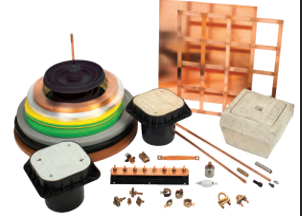
Earth electrode arrangement should be as mentioned below :
Type A

Type B

- Lightning Equipotential Bonding
- Interconnection of all metallic parts e.g. cable armouring, gas, water piping
- So in the event of lightning, no metallic part is at a different voltage level w.r.t. one another
- Should be near to Main LT / HT Panel & closely connected to earth with short length conductor
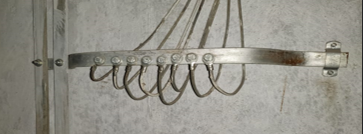
Where to provide earth connection?
- Body Earthing
- Neutral grounding ( only at source end – transformer & Diesel generator )
- Earthing for lifts
Non-conventional methods of earthing are pile earthing (cost-saving) & Ashlok chemical earthing.
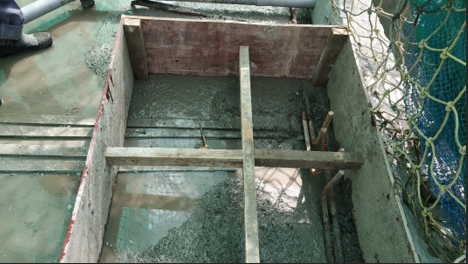
Pile earthing chambers for body earthing.
Comments
No comments yet. Be the first to comment!
